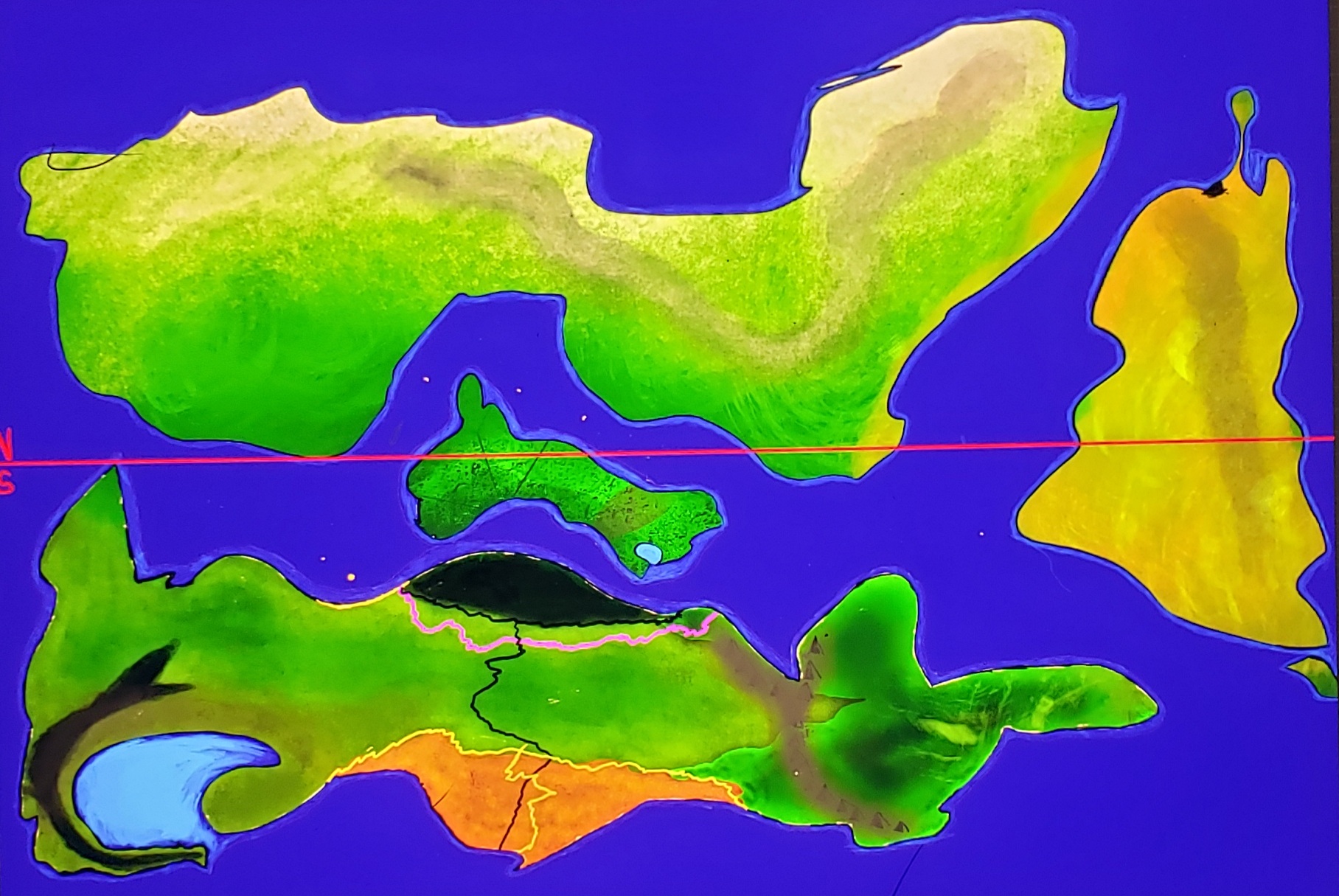Yinin
History
During the harvest of 6459 BCE, most of the farmers noticed that the wheat they were planting was not growing right, or just outright failed. Except for an enclave in the south, who figured out that pouring saltwater before planting keeps the soil from over-feeding the crops with nutrients, which cause them to die. Of course, the farmer base in the north who tried it only experiecened worse crop losses. So, noticing the saltwater only works on overfertile soil, then that must mean the soil in the north is under-fertile. However, nobody knew how to make the soil fall into the right fertility metric of 6.91, until the fire of 6418 BCE, when a fire nearby Harwa burnt the local forest down. It was there that they noticed that after a fire the soil is more fertile than before. So this was added to the Yinin ritual, if the soil is 8.5, pour saltwater before planting your crops and during their growth. If the soil has a rating of 4.7, burn the soil with wood and leaf chippings before planting your crops and after harvesting them.
Until the 1600s, this was the primary way to either de-fertilize or re-fertilize the soil. Until the introduction of Enotin phosphorus and a chemical they call "Mr. Orange Man". Orange Man is a special "anti-fertilizer" created by Enotis to tame their wild rainforests, but seeing they get a lot of food from the -at the time- Jamie Dynasty, and when their crops failed people tended to starve. So, they created a mutual trade pact between the two nations, Orange Man would be sold by the ton for a very cheap price, and surplus food would be given to Enotis at a steep discount. Both countries signed this pact in 1622, and up until the 2020s, when the Jamie Dynasty fell, the ritual continued under newer technology and both nations got a good deal out of it.
Execution
Always, must the ritual begin(depending on soil fertility metric) before the planting season in Paityniaegi. This ritual continues during the months through Paityniaegi to the 12th day of Zaiqune, the (usually) last day before harvest season begins. Unless the soil is under the required metric, then nothing else besides preparing for winter. If the soil is below the needed metric of 6.91, then burning the soil with wood chippings and leaves after the harvest is complete allows for extra fertile soil before the next season.
Components and tools
Before the trade pact with Enotis in 1622, it was typically any wood you could find, axes to chop the wood with, and buckets to carry the saltwater. Until the phosphorus could be mixed into the soil with (almost) bare hands, and Orange Man just chucked into the fields with a canister and timer.



Comments